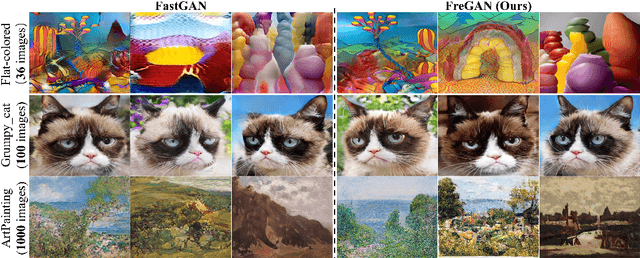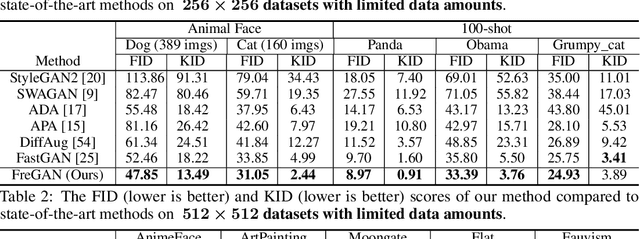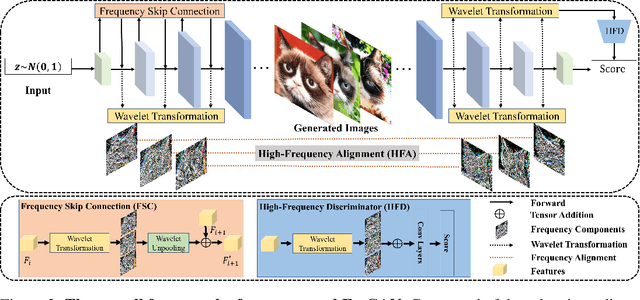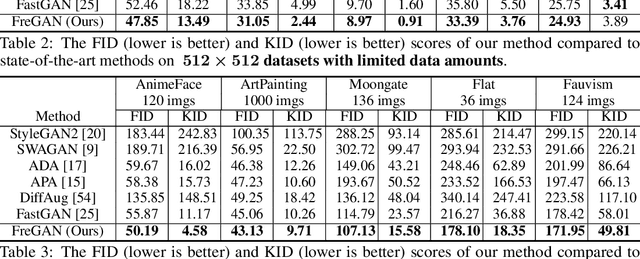Yanbing Zhang
Attention Calibration for Disentangled Text-to-Image Personalization
Apr 11, 2024Abstract:Recent thrilling progress in large-scale text-to-image (T2I) models has unlocked unprecedented synthesis quality of AI-generated content (AIGC) including image generation, 3D and video composition. Further, personalized techniques enable appealing customized production of a novel concept given only several images as reference. However, an intriguing problem persists: Is it possible to capture multiple, novel concepts from one single reference image? In this paper, we identify that existing approaches fail to preserve visual consistency with the reference image and eliminate cross-influence from concepts. To alleviate this, we propose an attention calibration mechanism to improve the concept-level understanding of the T2I model. Specifically, we first introduce new learnable modifiers bound with classes to capture attributes of multiple concepts. Then, the classes are separated and strengthened following the activation of the cross-attention operation, ensuring comprehensive and self-contained concepts. Additionally, we suppress the attention activation of different classes to mitigate mutual influence among concepts. Together, our proposed method, dubbed DisenDiff, can learn disentangled multiple concepts from one single image and produce novel customized images with learned concepts. We demonstrate that our method outperforms the current state of the art in both qualitative and quantitative evaluations. More importantly, our proposed techniques are compatible with LoRA and inpainting pipelines, enabling more interactive experiences.
FreGAN: Exploiting Frequency Components for Training GANs under Limited Data
Oct 11, 2022



Abstract:Training GANs under limited data often leads to discriminator overfitting and memorization issues, causing divergent training. Existing approaches mitigate the overfitting by employing data augmentations, model regularization, or attention mechanisms. However, they ignore the frequency bias of GANs and take poor consideration towards frequency information, especially high-frequency signals that contain rich details. To fully utilize the frequency information of limited data, this paper proposes FreGAN, which raises the model's frequency awareness and draws more attention to producing high-frequency signals, facilitating high-quality generation. In addition to exploiting both real and generated images' frequency information, we also involve the frequency signals of real images as a self-supervised constraint, which alleviates the GAN disequilibrium and encourages the generator to synthesize adequate rather than arbitrary frequency signals. Extensive results demonstrate the superiority and effectiveness of our FreGAN in ameliorating generation quality in the low-data regime (especially when training data is less than 100). Besides, FreGAN can be seamlessly applied to existing regularization and attention mechanism models to further boost the performance.
 Add to Chrome
Add to Chrome Add to Firefox
Add to Firefox Add to Edge
Add to Edge